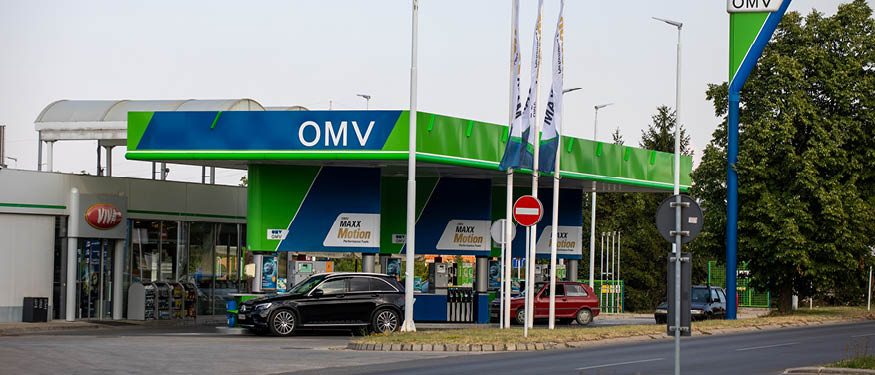In the burgeoning landscape of alternative energy, hydrogen emerges as a beacon of hope, championing the transition toward a cleaner, more sustainable future. However, not all hydrogen is created equal, and the color code attributed to its production process not only paints a picture of its environmental footprint but also hints at the broader implications for our global energy matrix. This article delves into the colorful world of hydrogen, exploring the significance and implications of its diverse hues.
Green Hydrogen – The Pinnacle of Sustainability: Green hydrogen sits at the pinnacle of the hydrogen color spectrum, embodying the zenith of environmental sustainability. Produced through the electrolysis of water using electricity generated from renewable sources such as wind, solar, and hydro, green hydrogen’s production process emits no carbon dioxide. As such, it represents the gold standard in the hydrogen economy, offering a truly clean energy vector capable of decarbonizing a wide range of sectors, including transport, industry, and beyond. The main challenge lies in its cost, driven by the high price of renewable energy and electrolysis equipment, although technological advances and economies of scale are expected to lower these barriers over time.
Blue Hydrogen – A Transitional Hue: Blue hydrogen provides a pragmatic, transitional path toward a low-carbon future. It is produced from natural gas through steam methane reforming (SMR) or autothermal reforming with the CO2 emissions captured and stored or utilized (carbon capture and storage, CCS). While not completely carbon-neutral, blue hydrogen significantly reduces CO2 emissions compared to traditional hydrogen production methods. It serves as a vital stepping stone, leveraging existing gas infrastructure and technologies to pave the way for a more sustainable hydrogen economy. The challenge, however, lies in the efficiency and cost of CCS technologies, and the environmental impact of potential CO2 leakage.
Grey Hydrogen: The Current Norm with a Carbon Cost: Grey hydrogen is the most commonly produced hydrogen today, generated from natural gas through SMR without capturing the emitted CO2. This process is carbon-intensive, undermining the potential environmental benefits of hydrogen as a clean energy carrier. The prevalence of grey hydrogen is largely due to its cost-effectiveness compared to greener alternatives. However, as global attention shifts toward climate change mitigation, the environmental cost of grey hydrogen is becoming increasingly untenable, driving the search for cleaner production methods.
Turquoise Hydrogen – An Emerging Shade of Innovation: Turquoise hydrogen introduces a novel approach to hydrogen production, through the process of methane pyrolysis. This method breaks down methane into hydrogen and solid carbon, potentially in the form of carbon black or graphite. The appeal of turquoise hydrogen lies in its potential to produce hydrogen with a lower carbon footprint than grey hydrogen and without the need for CCS, as in the case of blue hydrogen. However, methane pyrolysis is still in the early stages of development, with questions surrounding the scalability, market for solid carbon byproducts, and overall environmental impact.
Yellow and Pink Hydrogen – Niche Colors on the Palette: Yellow and pink hydrogen, though less commonly discussed, represent niche segments of the hydrogen color spectrum. Yellow hydrogen is produced through electrolysis powered by a mix of renewable and non-renewable electricity, situating it somewhere between green and grey hydrogen in terms of environmental impact. Pink (or purple) hydrogen, on the other hand, is generated using nuclear energy to power the electrolysis of water, offering a low-carbon but controversial pathway due to concerns associated with nuclear energy.
The Future Palette – Toward a Rainbow of Possibilities: The color-coded taxonomy of hydrogen production methods serves as a vivid illustration of the complexity and diversity within the hydrogen economy. As we advance, the emphasis should not only be on promoting the most sustainable forms of hydrogen but also on developing an integrated energy strategy that considers the interplay between different hydrogen colors, energy sources, and end-use applications. The transition toward a hydrogen-driven energy future will likely encompass a spectrum of solutions tailored to regional resources, technological advancements, and environmental imperatives.
In conclusion, the different colors of hydrogen provide a nuanced understanding of the potential and challenges of this promising energy carrier. As the global community strives to decarbonize and diversify its energy portfolio, hydrogen, in all its hues, will undoubtedly play a pivotal role in shaping the future of energy, driving us toward a cleaner, more sustainable world.
By Robert Szuchy, Managing Partner, BSLAW Budapest – Szuchy Law Office
This article was originally published in Issue 11.3 of the CEE Legal Matters Magazine. If you would like to receive a hard copy of the magazine, you can subscribe here.

















